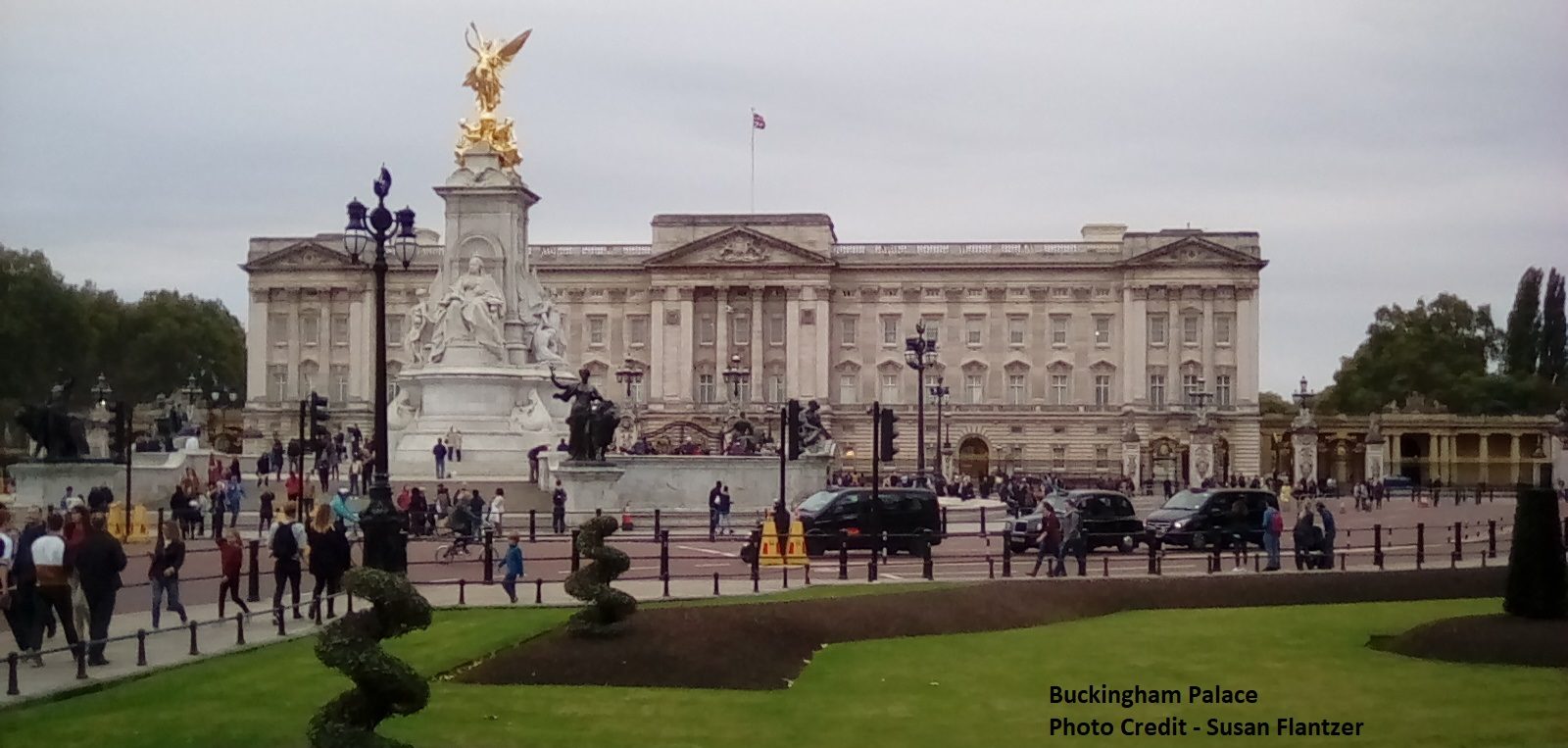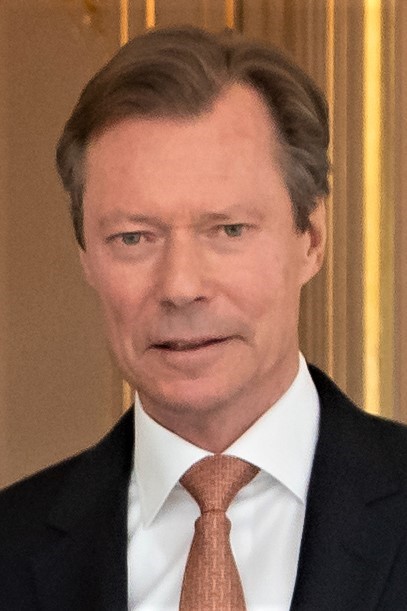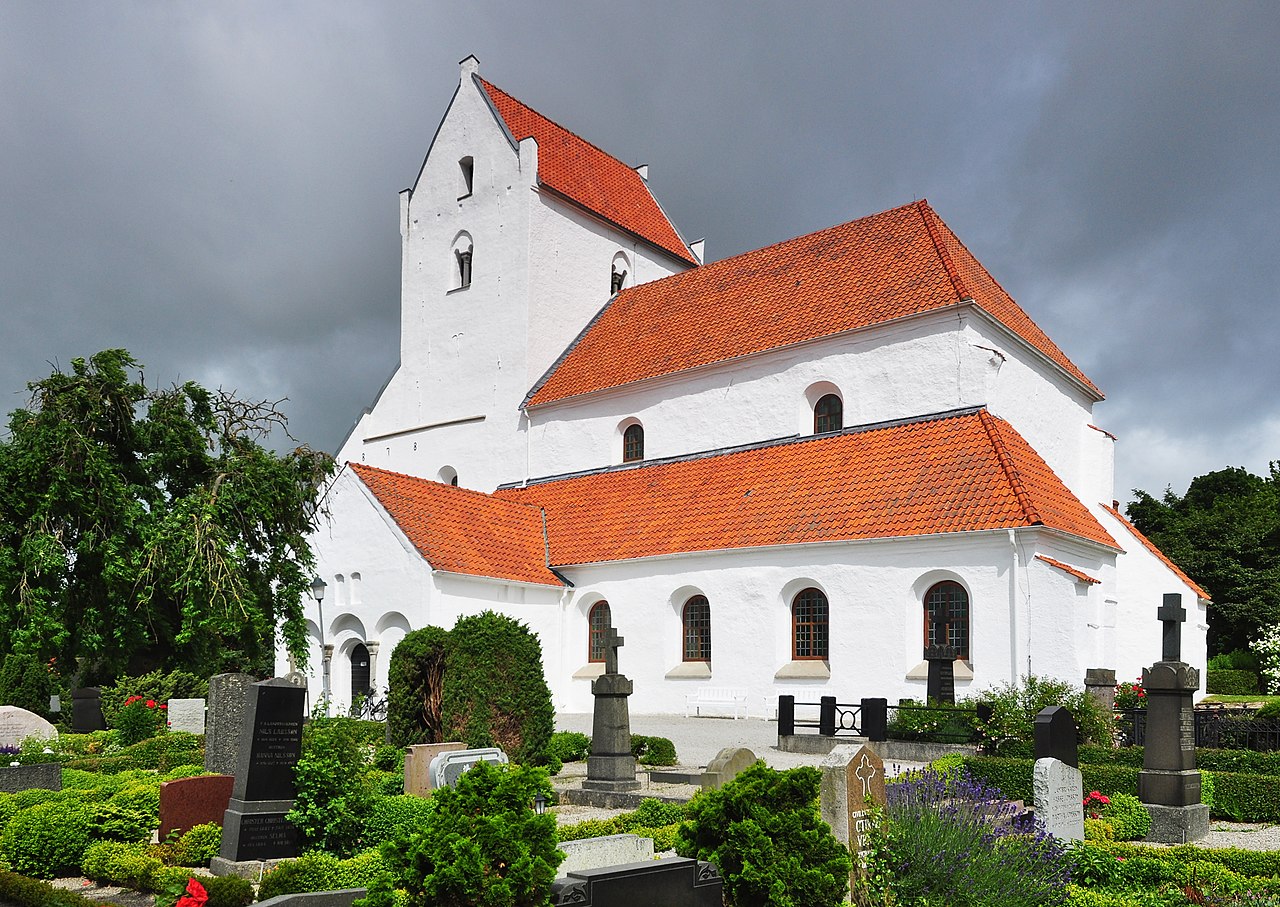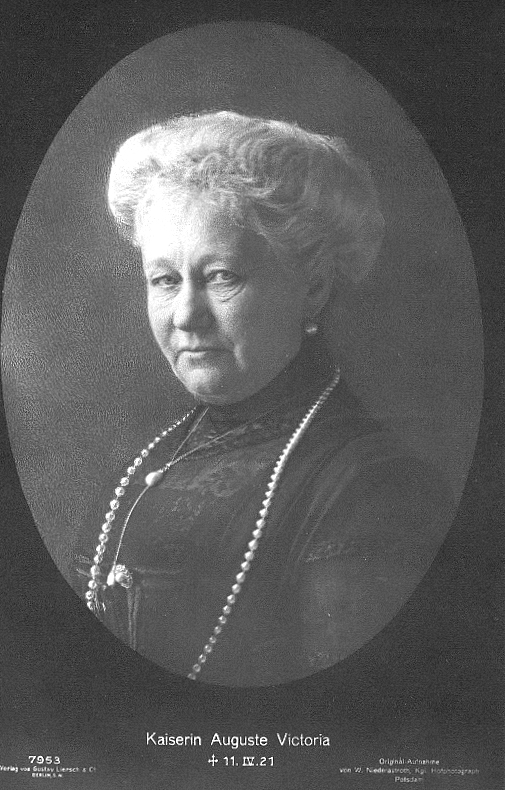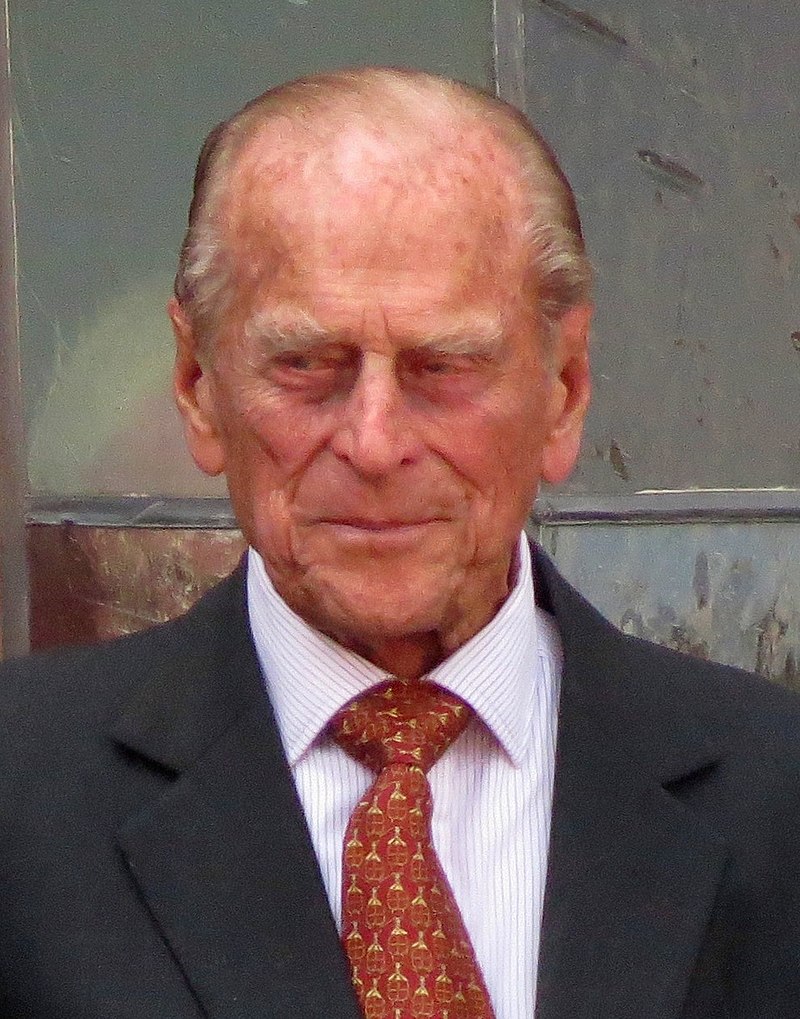© Unofficial Royalty 2025

Princess Beatrice of the United Kingdom; Credit – Wikipedia
April 14, 1578 – Birth of King Felipe III of Spain at the Royal Alcázar of Madrid in Madrid, Spain
Felipe III was the son of King Felipe II of Spain and Anna of Austria, his fourth wife and his niece. Felipe III had four siblings who all died in childhood. Felipe III’s elder half-brother Carlos, Prince of Asturias, who died ten years before Felipe III’s birth, had poor health, was deformed, and was mentally disabled. Many of his physical and mental disabilities may have stemmed from the inbreeding common in the Spanish House of Habsburg. Twenty-year-old Felipe III succeeded his father Felipe II in 1598. Besides being King of Spain, Felipe III was also King of Portugal, King of Sardinia, King of Naples, King of Sicily, and Duke of Milan.
Unofficial Royalty: King Felipe III of Spain
April 14, 1578 – Death of James Hepburn, 4th Earl of Bothwell, third husband of Mary, Queen of Scots, after ten years of imprisonment in Dragsholm Castle in Denmark; allegedly buried at Fårevejle Church in Denmark
Bothwell was one of those accused of murdering Henry Stuart, Lord Darnley, Mary, Queen of Scots’ second husband. Darnley’s relatives demanded vengeance, and charges were brought against Bothwell. On the day of the trial, Bothwell rode magnificently through Edinburgh to the trial flanked by nobles and members of the Hepburn family. The trial lasted for seven hours. Bothwell was acquitted, and it was widely rumored that he would marry Mary. Mary and Bothwell were married on May 15, 1567. The marriage angered many Scottish nobles who raised an army against Mary and Bothwell. After the downfall of Mary, Queen of Scots, Bothwell was forced to flee Scotland for Norway, where he was detained because he did not have the proper papers. His detainment turned into imprisonment because of an alleged jilted Danish bride years ago. King Frederik II of Denmark and Norway kept Bothwell as a political pawn. After realizing that Mary would never again be Queen of Scots and that Bothwell was politically insignificant, King Frederik II transferred him to Dragsholm Castle, where he was kept in appalling conditions. A pillar to which he was chained for the last ten years can still be seen, with a circular groove on the floor around it. A body, allegedly said to be Bothwell’s, was buried at Fårevejle Church, near the castle. Bothwell’s ghost is said to haunt the castle, riding through the courtyard with a horse and carriage.
Unofficial Royalty: James Hepburn, 4th Earl of Bothwell
April 14, 1711 – Death of Louis of France, Le Grand Dauphin, eldest son and heir of King Louis XIV of France, at the Château de Meudon in France; buried at the Basilica of St. Denis near Paris, France
Louis of France was the only child of King Louis XIV of France and Maria Theresa of Spain to survive childhood, but he predeceased his father and never became king. He caught smallpox, apparently from a priest who was distributing Holy Communion after he had visited a smallpox victim. Louis had always been healthy and robust, so his illness shocked the people of Paris, the French court, and the royal family. His son Louis, who had been styled Le Petit Dauphin, became the heir to the throne, but in less than a year, he too was dead from measles.
Unofficial Royalty: Louis of France, Le Grand Dauphin
April 14, 1765 – Birth of Augusta Wilhelmine of Hesse-Darmstadt, Duchess of Zweibrücken, first wife of Maximilian I Joseph, King of Bavaria, in Darmstadt, Landgraviate of Hesse-Darmstadt, now in Hesse, Germany
Full name: Marie Auguste Wilhelmine
Princess Augusta Wilhelmine of Hesse-Darmstadt was the first wife of the future Maximilian I Joseph, King of Bavaria. At 31 years old, Augusta Wilhelmine, weakened by five pregnancies and the travails of war, died from pulmonary tuberculosis. Although she died before her husband became King of Bavaria, she was the mother of his successor, King Ludwig I of Bavaria.
Unofficial Royalty: Augusta Wilhelmine of Hesse-Darmstadt, Duchess of Zweibrücken
April 14, 1818 – Birth of Marie of Saxe-Altenburg, Queen of Hanover, wife of King George V of Hanover, in Hildburghausen, Duchy of Saxe-Hildburghausen, now in the German state of Thuringia
Full name: Alexandrine Marie Wilhelmine Katharine Charlotte Theresia Henriette Luise Pauline Elisabeth Friederike Georgine
Marie was the eldest daughter of the six daughters of Joseph, Duke of Saxe-Altenburg and Amalie of Württemberg. In 1843, she married the future and last King of Hanover, George V, and they had three children. George succeeded his father in 1851 but reigned for only 15 years, being exiled from Hanover because of his support for Austria in the Austro-Prussian War. In 1866, Hanover was annexed by Prussia. George never abdicated from the throne of Hanover, and he and Marie lived in exile at Gmunden, Austria. After George’s death, Marie continued living in the Villa Thun in Gmunden, known as the Queen’s Villa, and is still owned by the House of Hanover. Through her son, Ernst Augustus, Marie is the ancestor of former King Constantine I of Greece, his sister Queen Sofia of Spain, Sofia’s son King Felipe VI of Spain, and Prince Ernst Augustus of Hanover (third husband of Princess Caroline of Monaco).
Unofficial Royalty: Marie of Saxe-Altenburg, Queen of Hanover
April 14, 1857 – Birth of Princess Beatrice of the United Kingdom, daughter of Queen Victoria, at Buckingham Palace in London, England
Full name: Beatrice Mary Victoria
The youngest of the nine children of Queen Victoria and Prince Albert, by the time she was three years old, Beatrice was an aunt twice over. Only four and a half when her father died, Beatrice had lost one of her principal role models. Because of her mother’s prolonged grief and mourning, Beatrice’s life would forever be shaped by her father’s death. She became a great solace to her mother, and as the years progressed, Queen Victoria hoped Beatrice would always be her constant companion. Beatrice finally got her mother’s permission to marry Prince Henry of Battenberg after promising that Henry would renounce his military career, nationality, and home and agree to live with Beatrice and the Queen. Beatrice and Henry had three sons and one daughter. Through their daughter, they are ancestors of the Spanish royal family. Beatrice was a hemophilia carrier. Her son Leopold was a hemophiliac, and her daughter Victoria Eugenie was a carrier. Beatrice’s youngest Maurice was killed in action during World War I. Beatrice, rather infamously, edited her mother’s journals, deleting two-thirds of the original content. As she aged, Beatrice became very infirm with arthritis and needed to use a wheelchair. She died at the age of 87, the last surviving child of Queen Victoria and Prince Albert. Her funeral was held at St. George’s Chapel, Windsor Castle. Queen Elizabeth, the wife of King George VI, Beatrice’s great-nephew, led Queen Victoria Eugenie of Spain, Beatrice’s daughter, to the open vault in the choir where they both curtsied. Behind them in the choir stalls stood a young woman dressed in black, 18-year-old Princess Elizabeth, the future Queen Elizabeth II.
Unofficial Royalty: Princess Beatrice of the United Kingdom
April 14, 1867 – Birth of Prince Christian Victor of Schleswig-Holstein, grandson of Queen Victoria, at Windsor Castle in Windsor, England
Full name: Christian Victor Albert Ludwig Ernst Anton
Christian was the son of Princess Helena of the United Kingdom and Prince Christian of Schleswig-Holstein. In 1888, Christian joined the British Army, reaching the rank of Major. In 1899, Christian began duty in the Boer War fought between the British Empire and the two Boer Republics. At the age of 33, Christian died of enteric fever during the Boer War in South Africa, having fallen ill with malaria. Although preparations were made to return his body to the United Kingdom, he was buried in a soldier’s grave in Pretoria, now in South Africa, at the wishes of his grandmother Queen Victoria.
Unofficial Royalty: Prince Christian Victor of Schleswig-Holstein
April 14, 1874 – Birth of Alexander Cambridge, 1st Earl of Athlone, husband of Queen Victoria’s granddaughter Princess Alice of Albany, at Kensington Palace in London, England
Full name: Alexander Augustus Frederick William Alfred George
Born Prince Alexander of Teck, and called Alge, his mother was Princess Mary Adelaide of Cambridge, a male-line granddaughter of King George III and a first cousin of Queen Victoria. His sister was Queen Mary, wife of King George V. In 1904, Alge married Princess Alice of Albany, the daughter of Queen Victoria’s hemophiliac son Prince Leopold, Duke of Albany. Alice and Alge had two surviving children, a son Rupert and a daughter May. In 1928, 20-year-old Rupert died from an injury received in a car accident, which he probably would have recovered from had he not been a hemophiliac. Upon the orders of King George V, during World War I, Alge and other royal family members relinquished the use of all German titles and dignities. Alge became Alexander Cambridge, 1st Earl of Athlone. From 1924 to 1930, Alge was Governor-General of South Africa and Governor-General of Canada from 1940 to 1946. In 1946, Alge retired, and he and Alice lived in a grace and favor apartment at Kensington Palace in London. Alge died on January 16, 1957, at Kensington Palace at the age of 82. His wife Alice survived him by 24 years, dying on January 3, 1981, one month short of her 98th birthday, the last surviving grandchild of Queen Victoria.
Unofficial Royalty: Alexander Cambridge, 1st Earl of Athlone
April 14, 1906 – Birth of King Faisal of Saudi Arabia in Riyadh, then in the Emirate of Nejd and Hasa, now the capital of the Kingdom of Saudi Arabia
King of Saudi Arabia from 1964-1975, King Faisal was shot and killed by his nephew Prince Faisal bin Musaid bin Abdulaziz Al Saud at a majlis, an event where the king opens up his residence to the citizens to enter and petition the king. A sharia court found Prince Faisal bin Musaid guilty of King Faisal’s murder, and he was publicly beheaded hours later.
Unofficial Royalty: King Faisal of Saudi Arabia
Unofficial Royalty: Assassination of King Faisal of Saudi Arabia (1975)
April 14, 1940 – Birth of Princess Marie of Liechtenstein, wife of Prince Hans-Adam II of Liechtenstein, born Countess Marie Kinsky von Wchinitz und Tettau in Prague, Czechoslovakia, now in the Czech Republic
Full name: Marie Aglaë Bonaventura Theresia
In 1967, Marie married her second cousin, once removed, Hereditary Prince Hans-Adam of Liechtenstein, and they had four children. In November 1989, Hans-Adam succeeded his father as the reigning Prince of Liechtenstein. Princess Marie was involved in many organizations within Liechtenstein, with her focus being on education, culture, and the arts. After suffering a stroke three days earlier, Princess Marie died at a hospital in Grabs, Switzerland, on August 21, 2021, at the age of 81.
Unofficial Royalty: Princess Marie of Liechtenstein
This article is the intellectual property of Unofficial Royalty and is NOT TO BE COPIED, EDITED, OR POSTED IN ANY FORM ON ANOTHER WEBSITE under any circumstances. It is permissible to use a link that directs to Unofficial Royalty.
